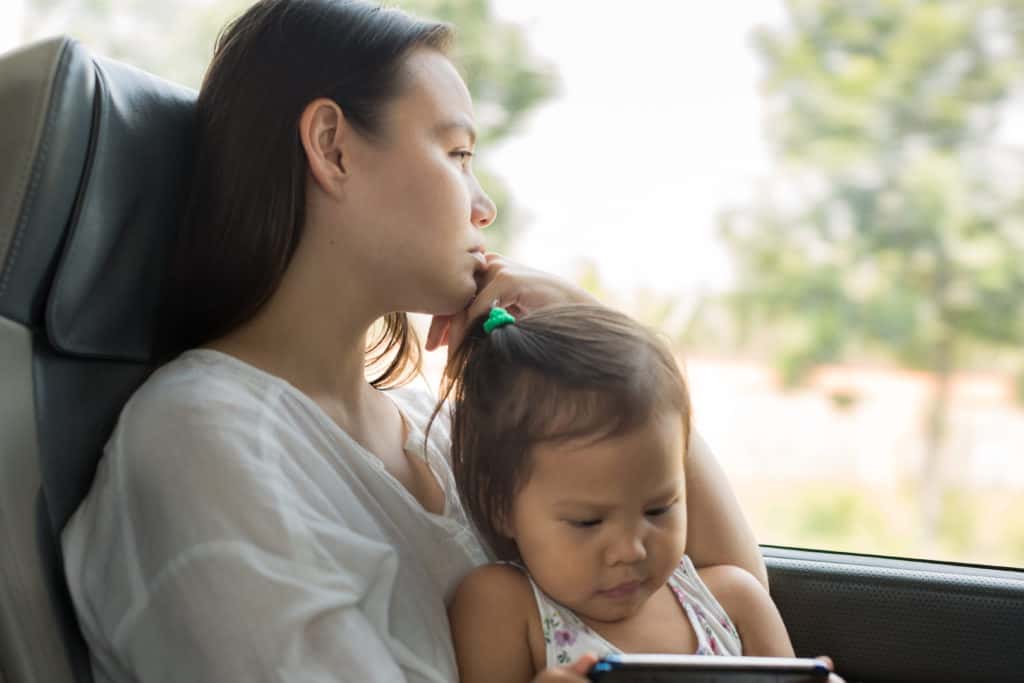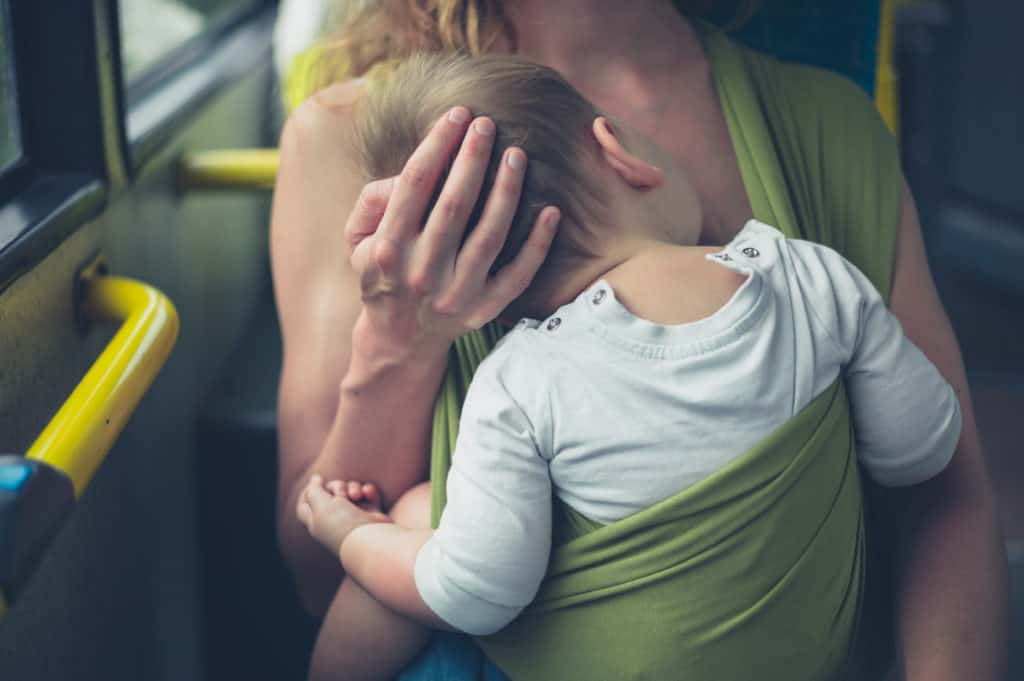For many people, having a child restricts them from traveling. Yet traveling with an infant has become more common than you can imagine nowadays. There are ways to safely travel with the little ones that you may not yet know at the moment. For instance, you must wait up to three months to travel with a baby on a plane. However, the safest mode of transportation with a baby is via a bus.
This article outlines the safest tips for a comfortable bus ride with your baby. Continue reading to learn more.
- Board Carefully
Be mindful when boarding to avoid unnecessary accidents that may make you regret traveling by bus. Likewise, avoid rush hours as it has chaos and busy commuters rushing to board the bus. Rush hours are usually in the morning and evening when office workers and students battle it out for a ride along with other commuters. It’s challenging to board the bus during these hours, so imagine the feeling if you also have a baby in hand.
The best approach is waiting for the bus to come to a complete stop, then get a firm grip on the sidebar and only pull yourself onto the bus. If you feel anxious, have an individual hold the baby for you and take it back after you’re on board. When traveling by bus, it’s also essential to have flat footwear to make boarding easy and comfortable, compared to heels or fancy footwear that may cause an accident.
- Find A Good Seat
Many buses have seats reserved for older people and women with children. It’s advisable to occupy such a seat for you and the baby’s comfort. You probably won’t have a baby seat with you, so you will have to hold your baby.
Different cities have varying conventions on this. For example, bus tickets from Tampa to Miami have left and right seats reserved for women and men. It’s also best to avoid seats directly above the wheels because such seats make the ride bumpy, which may upset the baby or cause throwing up.
It’s a good idea to choose a seat near the window. The baby will be excited to look at moving colors and other vehicles, and hear sounds from the outside. There’s also fresh air entering through the window; thus, the baby can’t be affected by various scents on the bus. However, if you’re sitting by the window, be careful when holding your child because babies tend to move a lot when they’re excited.
- Time Your Ride Based On The Child’s Routine
If your baby still follows a regular sleep routine, it’s best to schedule your bus travel during nap times. It’s also essential to know that younger babies shouldn’t be kept in a car for more than 30 minutes and two hours for other ages. If your baby is not a good daytime napper, you may choose to travel when they’re happiest to ensure they don’t get fuzzy when on the bus.
- Pack Carefully
Pack everything you might need in advance. These can be nappies, snacks, wipes, drinks, books, and toys. When arranging these items, it’s crucial to place them in easy-to-reach areas, like in your pockets or at the top of your bag. With this, you won’t scramble around to reach for these items when you need them the most.
When packing, don’t forget to include clothes for all weather because the temperature on the bus can be unreliable.
- Prepare For Germ Protection
You interact with people from different places when you take a bus; hence, you get exposed to germs on the seats and sidebars. Make sure you cover your baby well for added protection. Moreover, the fewer things the baby touches, the better. Consider using gloves to protect yourself, too, and use hand sanitizer or alcohol wipes before touching the baby again.
Conclusion
To travel safely via bus, ensure the baby is secured in their seats, which should be easily attached to the bus seat. This seat must pass safety approval to protect the baby and ensure comfort throughout the ride. In the case of long-distance travel, remember that changing a diaper on a bus can be a challenge. However, bus drivers make stopovers for people to eat and rest. Thus, use this time well to attend to your baby. If you’re still far away from a stopover, speak with the driver about the situation to ensure you, your baby, and other travelers are comfortable while traveling. Furthermore, be careful when crossing the road when you reach your destination to avoid being knocked down by oncoming vehicles.

